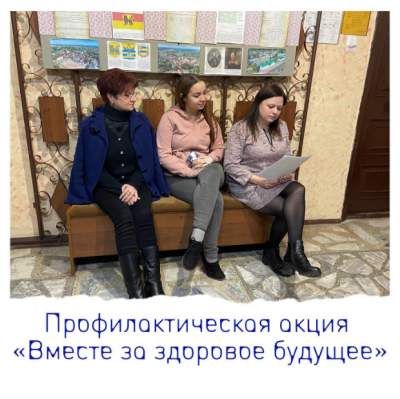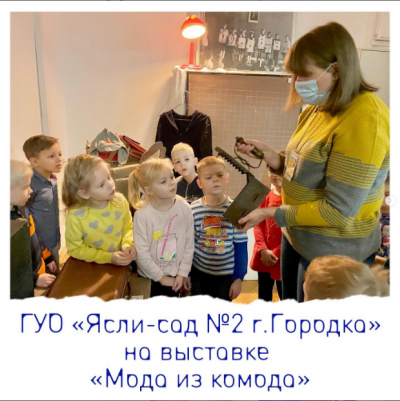
Every person has ever thought about the origin of his family, his surname, about the activities of his ancestors in the past, but he did not go further than these thoughts, after all, the search for related threads is a long and difficult matter. However, this process can be very exciting and useful, so today we will try to tell you about such a science as genealogy, about the main stages of searching for genealogical information, and also share with you some free sites for finding your relatives.
Genealogy is a science that studies the history of individual surnames, genera, generic coats of arms, the methodology of compiling a family tree that allows you to trace family ties and continuity.
Genealogy takes its origins from antiquity. So, during antiquity, the origin began to determine the social status of a person, i.e. his freedom or lack of freedom, civil full rights, etc., so people tried to learn as much as possible about the deeds of their great-grandfathers. There were even genealogical prose or poetic compositions that represented a special genre of oral creativity. People who were engaged in such tales, interwoven the pedigrees of any kings or leaders into the story. However, such works cannot give reliable historical information today, because often there are mythical plots in them. Nevertheless, the time under consideration is also characterized by truthful narratives. Such are preserved, for example, in the monuments of Northern Europe: the Irish ancestral sagas, on the basis of which the genealogical codes "The Book of Icelanders" by Ari Thorgilsson (1134-1138) and "Landnamabok" (XIII century) were later created.
By the time of the popularization of Christianity, in the conditions of preservation of ancient traditions, motifs combining biblical stories with ancient culture were frequent in pedigrees. Thus, many ruling dynasties traced their lineage from Noah and Adam, preserving the significance of the ancient gods.
For the Middle Ages, however, class status was characteristic, i.e. the transfer of social, property status, power, and privileges by inheritance, thanks to which traditions characteristic of a certain social stratum were preserved. For the same purpose, the marriage of nobles with persons of ignoble origin was not encouraged. In general, the issue of blood purity was often raised in the life of a nobleman: when marrying, entering into hereditary rights, entering into any position, assigning a coat of arms, etc. When controversial issues arose, people turned to the heralds, because it was the heralds, by virtue of their work, who were most competent in genealogical matters. It is not surprising that genealogy developed in parallel with heraldry.
The heyday of genealogy comes at a New time, when the foundations of a critical study of its sources are beginning to be laid. In the XVIII-XIX centuries, interest in genealogy captured Belgium, Holland, Hungary, Poland, Russia, and the Scandinavian countries. In the first half of the XX century, the works of Professor of the University of Vienna O. Forst de Battaglia appeared. They paid great attention to new directions of genealogical research, criticism of sources and methods of working with them.
Evidence of interest in the study of genealogy is the establishment of international congresses on genealogy and heraldry (the first was held in 1928), as well as the opening of the International Institute of Genealogy in 1953.
In the course of genealogical research, you collect certain data that must be presented correctly. Each pedigree includes a legend, i.e. legends about the origin of the family and the enumeration of all members of the genus by tribe. It is also important to understand how your pedigree will look like. There are two options: ascending (the pedigree comes from the person who is the object of research) and descending (the lineage goes from the founder of the dynasty to the descendants). The graphic image of the pedigree can be any: a tree, tables, generational paintings. There are pedigrees that depict the human body, where the names of parents are written on the head, on the hands and fingers – distant relatives.
According to some pedigrees, you can find out additional information on the color of medallions: medallions with the names of married women were usually depicted in purple, girls in blue, men who had offspring in yellow, those who did not have red. The living were distinguished from their deceased ancestors by the green color.
It is worth noting that in genealogy there is a numbering system used both in tables and in generational paintings (the Sos-Stradonitz system). The person who is the object of the study is designated No. 1, his father and mother receive numbers 2 and 3, the father's parents — 4 and 5, respectively, the mother's parents - 6 and 7, etc. At the same time, even numbers are always assigned to men, odd numbers to women. Thus, the father's number always represents the doubled numbers of children, the mother's number is the doubled number of children. This numbering is simple and allows you to leave gaps in the pedigree when the names of the grandparents are unknown.
So, the first thing to do in genealogical research is to talk to your relatives. Perhaps the older generation will share important information. The preparatory stage of genealogical research is the compilation of a genealogical dossier, i.e. the systematization of available information (oral information, data from available documents, etc.). Usually these are answers to the following questions:
civil status (birth certificates, death certificates, etc.);
marital status (marriage contracts and certificates, documents registering civil or ecclesiastical marriage, divorce);
nationality;
external signs and physical condition (portraits, medical certificates, death certificate);
intelligence (samples of writing, testimonies of contemporaries);
religion (acts of baptism, documents certifying religiosity or atheism);
political beliefs (memoirs, documents reflecting the political creed at different times of life);
education (diplomas, report cards);
official and social status (orders of appointment, assignment of titles, titles);
financial situation (mortgages, promissory notes, other acts).
For clarity, attach several photos or images at different ages to the identity card. The number of people in your lists will increase with each generation, so it is more convenient to keep records in electronic databases: Access or Excel.
In the search for information, you can use the following sites:
- MyHeritage
- FamilySpace
- www.obd-memorial.ru
- www.vgd.ru
- www.shpl.ru
To conduct research on the history of your family, restore your pedigree, obtain copies of metric records of birth, marriage and death, you can contact the National Historical Archive of Belarus (on the territory of the former Minsk, Mogilev, Vitebsk and partially Grodno provinces of the Russian Empire) or the National Historical Archive of Belarus in Grodno (on the territory of the former Grodno and partially Vilna provinces).
Thus, having collected the necessary information, having systematized it correctly, you will be able to view your pedigree.


